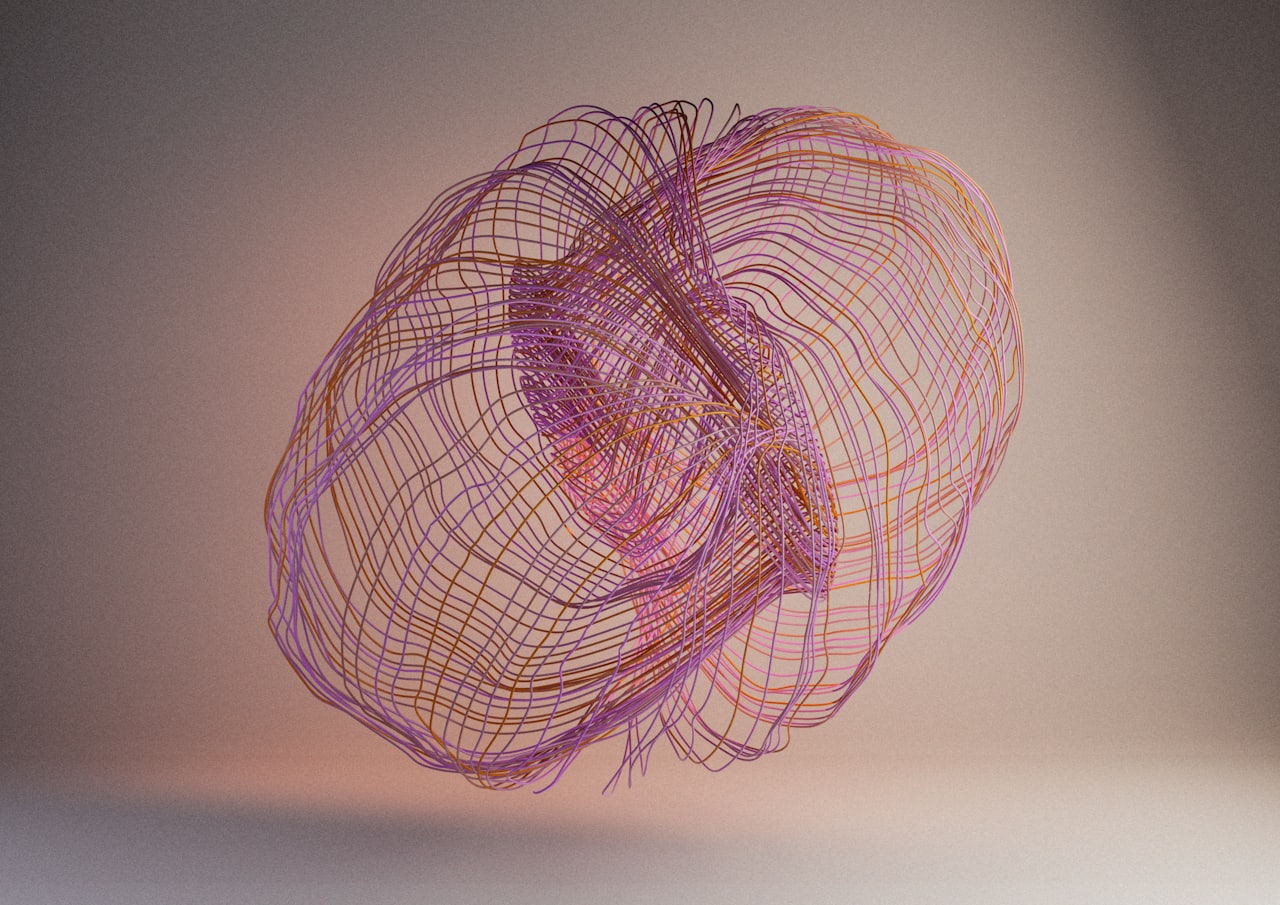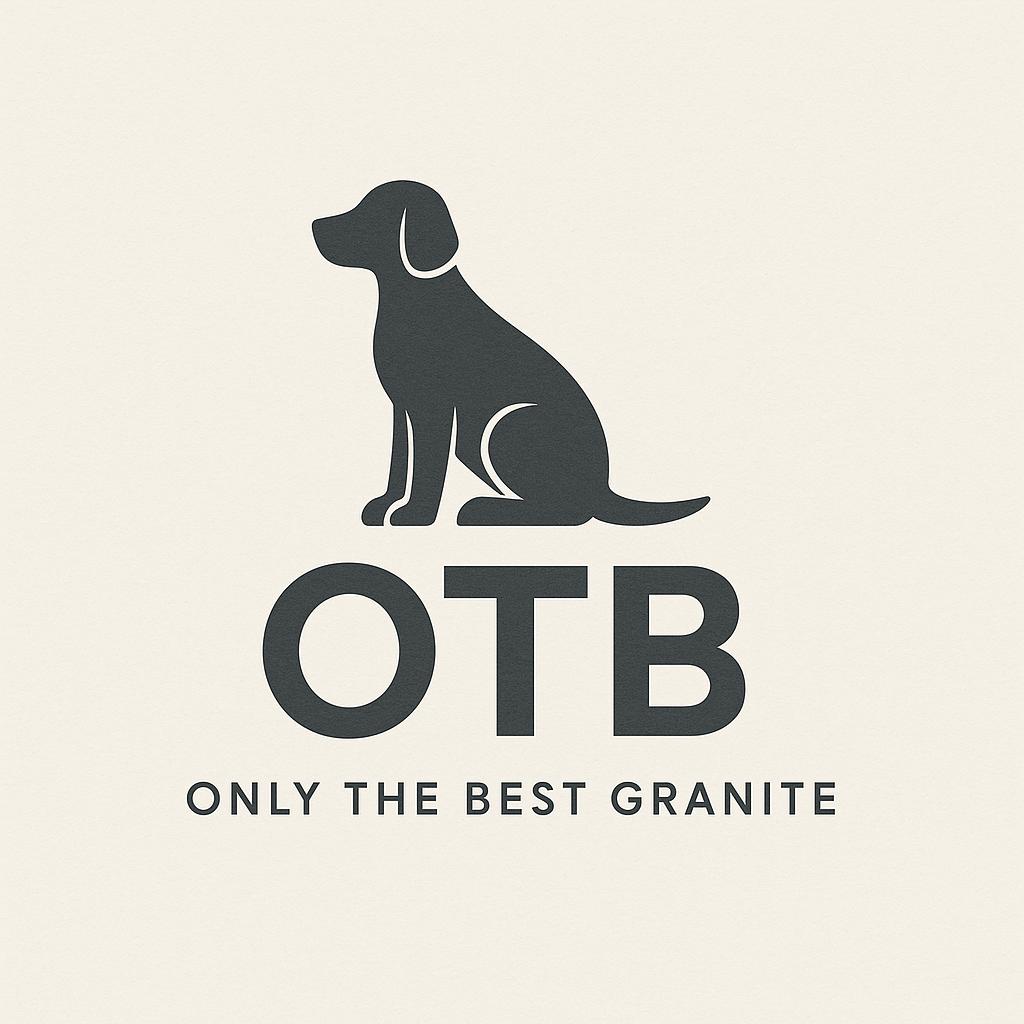
Is your dog bowl clean?
Your dog’s bowl might seem clean after a quick rinse—but did you know it could be one of the dirtiest items in your entire home?
According to a study by the National Sanitation Foundation (NSF), pet food dishes are among the top five germ-covered household items, ranking even dirtier than toilet handles or doorknobs. Bacteria like E. coli, Salmonella, and Staphylococcus aureus can thrive in unwashed bowls, potentially harming your furry friend.
Let’s walk through how to properly clean your dog’s bowl, how often you should do it, and why granite bowls make a big difference in keeping things fresh, safe, and stylish.
The Hidden Dangers of a Dirty Dog Bowl
When food particles, saliva, and water sit in a bowl, they create the perfect breeding ground for bacteria and mold. Over time, this can lead to:
Upset stomachs or vomiting
Bad breath
Skin irritations or rashes (especially around the muzzle)
Foul-smelling water or slime buildup
Weakened immune system in older dogs
How Often Should You Clean Your Dog’s Bowl?
Daily:
- Wash food bowls every single day after meals.
- Empty and scrub water bowls at least once a day (even more often in hot weather).
Weekly:
Soak in a mix of 1 part vinegar to 2 parts hot water for 10–15 minutes to disinfect naturally.
Give both bowls a deep clean with hot water, vinegar, or pet-safe dish soap.
Bacterial Buildup: Why Plastic and Ceramic Fall Short
Many pet owners use plastic bowls because they’re cheap and lightweight. But there’s a hidden danger:
- Scratches and grooves from chewing or wear allow bacteria to hide and multiply.
- Even after washing, these micro-scratches can still hold harmful pathogens.
- Plastic can also leach chemicals over time, especially in warm or sunlit areas.
Ceramic bowls are a bit better—but if they chip or crack (even slightly), they can trap bacteria too.
